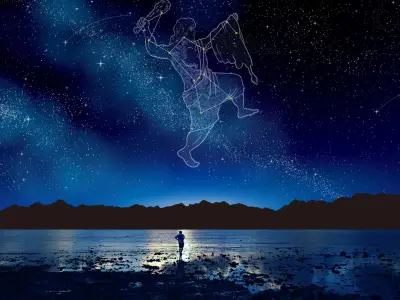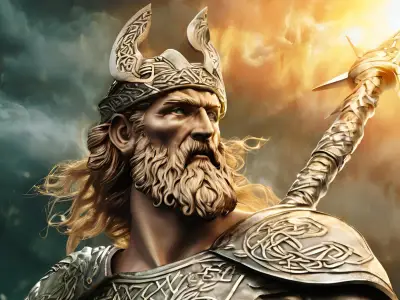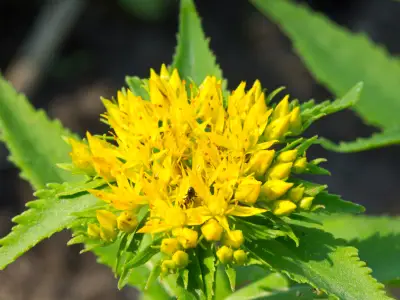History is littered with tales of great warrior tribes: think of the legendary Celtic warriors of Ancient Europe, the famous and influential Romans, and the Spartans of Ancient Greece. Few tribes have left such an indelible legacy and had such an impactful influence on popular culture as the Japanese samurai. Only a few tribes can truly claim to be cultural and historical phenomena, and the Samurai (Bushi) are undoubtedly one of them.
But who were the Japanese samurai? And what makes them so popular? This blog dives into the history of the samurai and the imprint this iconic warrior tribe has left on modern subconscious.
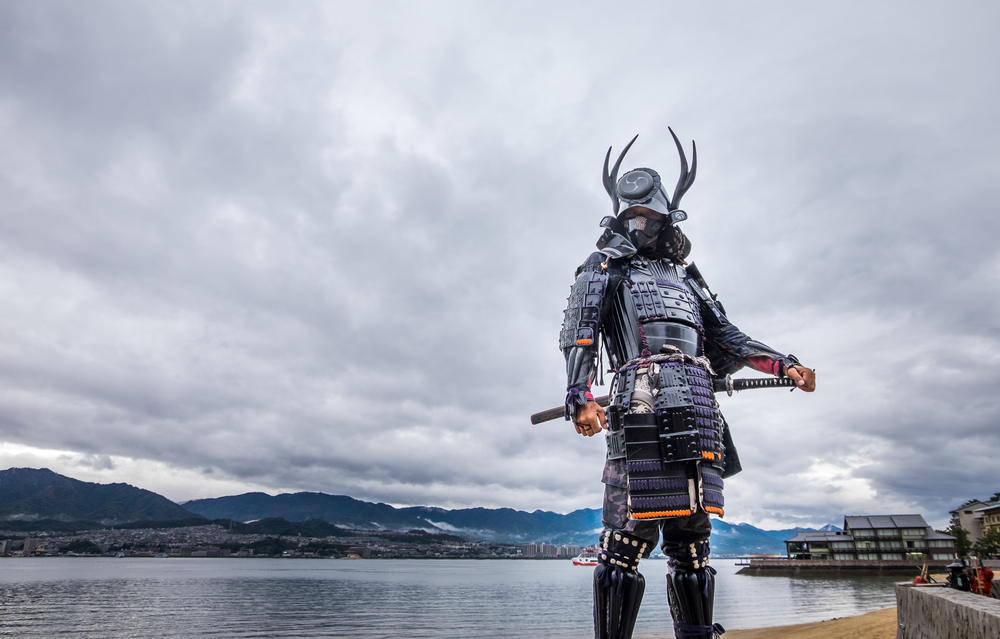
Jump to:
Who Were the Japanese Samurai?
The samurai were not just skilled combatants; they were also embodiments of Confucianism. They lived their life according to the ethic code of Bushido, which literally translates to ‘the way of the warrior.’ This ethos emphasised virtues such as honour, loyalty to one’s master, self-discipline and respectful and ethical behaviour. Many samurai also drew upon the practices of Zen Buddhism, giving their ethos an element of religious teaching and spiritual guidance.
Since the 18th century, the samurai have been romanticised as the epitome of chivalry, honour and loyalty. There are many examples of them displaying great courage and loyalty to their masters, even going as far as to commit ritual suicide known as “seppuku” in the event of defeat or the death of their lord. Even today, their teachings echo in modern Japan and the world over.
Recommended for you!
Best SellersThe History of the Samurai
Pinpointing the exact origin of a historical group can be extremely difficult. Historical documentation is rife with missing information and elements that are open to interpretation. For example, Taira Masako is credited as the first samurai in many texts, but it is still being determined whether he was the first definitive samurai.
Regardless, with further analysis, it becomes clear that there are certain milestones in the history of the samurai.
The Heian Period
The samurai can trace their origins back to the Heian Period, which lasted from 794 to 1185. The Heian, which translates to peace, was a period marked by a decline in Chinese influences on Japanese culture and a shift towards national maturity. During this period, a number of campaigns were led to subdue the native Emushi people of the Tohoku Region, an area famed for its expansive landscapes, rustic hot springs and rich traditions.
Coincidentally, it was during this period that wealthy landowners became even more powerful, which led to them hiring warriors independently. The warriors were tasked with, rather unsurprisingly, protecting the landowner’s wealth and land. Over time, the landowners amassed sizable armies, which led them to become direct opposition to the Japanese government.
The two most powerful landowning clans, Minamoto and Taira, sought to seize their opportunity to acquire power and influence over the Japanese government, so they challenged them directly. After overpowering the government, the two clans fought each other for control over the country. This would eventually be known as the Genpei War. Finally, Minamoto Yoritomo emerged victorious and established a new military government in 1192, led by the Shogun, or supreme military commander. For the next 700 years, the samurai ruled over Japan, exercising their absolute power whenever they deemed necessary.
Muromachi Period
In the 15th Century, Japan experienced a period of turmoil and war. The country splintered into dozens of independent states that were consistently at war with one another. As you may have guessed, during this period of civil unrest, warriors, and more specifically, samurai, were in great demand.
While the samurai were Japan’s ruling warrior class, during the era of warring states, Ninjas were the most active. Ninjas specialised in unconventional warfare. They were often mercenaries, spies, and assassins. While the samurai belonged to the noble classes of ancient Japanese society, ninjas often represented the lower class. It was during this period that many famous Akira Kurosawa samurai films, such as The Seven Samurai and The Hidden Fortress, were set.
After decades of fighting, Japan was eventually reunited in the late 1500s. After the country's reunification, a rigid social caste system was enforced, which established samurai at the top, closely followed by farmers, artisans, and Merchants. During their rule, samurai were forced to live in castles, the only ones allowed to own swords, and were paid in rice by their daimyo, or feudal lords.
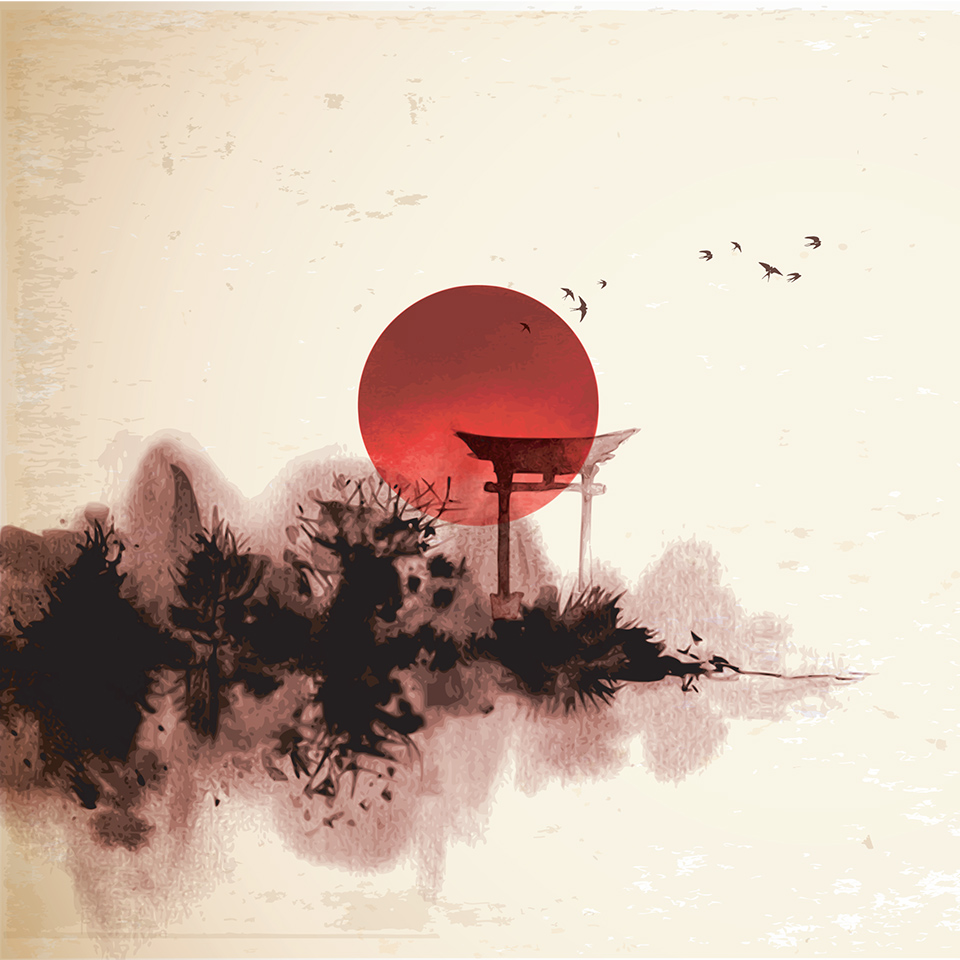
Edo Period
In the late 1600s, masterless samurai, commonly known as ronin, caused minor instances of trouble; however, this did not diminish the fact that this was the samurai’s most influential period.
During the roughly 250 years of the Edo period, relative peace and tranquillity prevailed. As a direct result, the importance of martial skills decreased. Many samurai became bureaucrats, mentors, and teachers. In 1868, Japan’s feudal system eventually came to an end and a few years later, the samurai class was abolished.
The exact reason for the samurai class discontinuation is open to debate. Some believe that as modern militaries emerged in the 19th century, the samurai class was rendered obsolete because they were very expensive to maintain compared to the average conscript soldier. Others believe Western power’s interference awakened a national consciousness that eventually led to the restoration of the Emperor’s power and the overall abolishment of the shogunate system. The political shift, which is commonly known as the Meiji Restoration, saw the official end of the samurai.
The Most Legendary Samurai
The history of samurai is littered with legendary and influential figures. However, there are some samurai who were so influential that their impact can be felt centuries later.
Oda Nobunaga- The First Great Unifier
Oda Nobunaga is the first of three great unifiers of Japan and is, without question, one of the most influential and famous samurais in history.
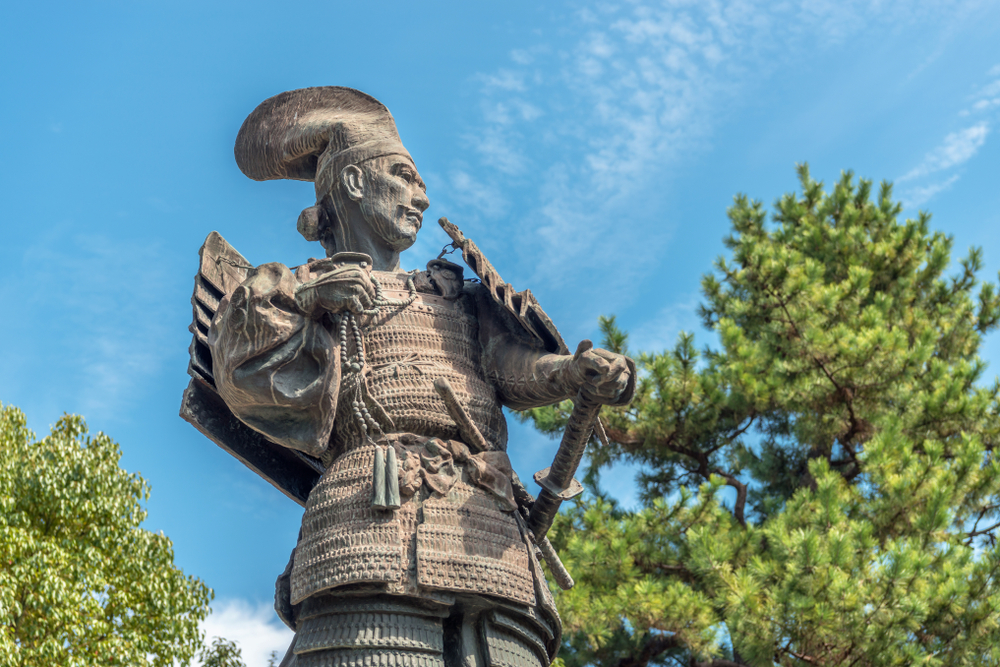
Born in 1534, Oda Nobunaga was a key daimyo known for his innovative use of firearms and bold military tactics. Nobunaga's conquests significantly advanced the process of unification. He gained fame and power after his decisive victory at the Battle of Okehazama, where he defeated a much larger force with a surprise attack. His campaigns continued to expand his influence, capturing Kyoto in 1568 and supporting Ashikaga Yoshiaki as the shogun, effectively gaining control of the shogunate's authority.
However, his ambition was halted by his betrayal and death at Honnō-ji in 1582 by one of his senior generals. Nobunaga's efforts laid the groundwork for the eventual unification of Japan under his successors.
Toyotomi Hideyoshi- The Second Great Unifier
Toyotomi Hideyoshi, otherwise known as Kinoshita Tōkichirō and Hashiba Hideyoshi, was regarded as the second Great Unifier of Japan. Directly preceding Oda Nobunaga, he is most known for overseeing the completion of the unification started by his predecessor.
Hideyoshi implemented significant social and political reforms, including the sword hunt, a policy aimed at disarming the peasant population, and land surveys, which were conducted to measure and catalogue the agricultural productivity of land throughout Japan. This was to establish the control and power of the samurai class.
His ambition extended to the Korean Peninsula, where he launched many invasions, albeit with limited success. Hideyoshi's legacy includes establishing a centralised feudal system and paving the way for the Edo period under Tokugawa Ieyasu's rule after his death.
Leyasu Tokugawa- The Third Great Unifier
The third and final great unifier of Japan was Leyasu Tokugawa. Like Hideyoshi, Tokugawa was a subordinate to Oda and a powerful samurai leader. He founded the last feudal military government, which lasted from 1603 until 1868.
Rising from a daimyo to supreme ruler, Leyasu's victory at the Battle of Sekigahara in 1600 was essential for establishing his dominance. As a shogun, he implemented policies that promoted peace, stability, and isolation from foreign influence. This laid the foundation for over 250 years of prosperity during the Edo period. His legacy includes the establishment of a rigid social hierarchy and the promotion of Confucian values, which deeply influenced Japanese society and governance for years to come.
Tomoe Gozen- The Female Samurai
Tomoe Gozen is famed as the legendary female samurai. She was an onna-musha from the late Heian period of Japanese history, known for her prowess in battle, exhibiting expert skills in archery, swordsmanship and horseback riding. She served under Minamoto no Yoshinaka, participating in the legendary Genpei War.
Her most famous moment came during the Battle of Awazu in 1184, where she beheaded Honda no Morishige of Musashi and then presented his head to her master Yoshinaka.
Yasuke- The Black Samurai
Yasuke is known as the first black samurai and, moreover, the first foreign-born samurai. He was an African man who served as a samurai under the previously mentioned Oda Nobunaga. Believed to have arrived in Japan in the late 1570s, Yasuke captured Nobunaga's interest due to his unique appearance and strength. Yasuke was noted for his remarkable dedication to his master, this was highlighted by the fact that after Oda’s death in 1582, Yasuke’s fate and position amongst the ruling samurai became unclear.
His story is a remarkable testament to the cultural diversity and complexity of feudal Japan, and his legacy is still celebrated today, so much so that it led to a Netflix animated series based on his life!
Musashi Miyamoto- The Deadly Ronin
Arguably the greatest, and most would agree most deadly, samurai was Musashi Miyamoto. Miyamoto did not have a master, so he was a ronin. He was said to have had more than 60 sword duels, the highest number recorded for any samurai, and he is said to have killed 17 people in battle. Records show that he was around 5 feet 9 inches tall, so he towered over the average samurai, who was advised to be around 4 feet 9 inches tall on average.
Miyamoto was known for his unmatched skill in swordsmanship and his influence on martial arts. In his now-famous duels, he exhibited a distinctive two-sword fighting style known as Niten Ichi-ryū. Beyond his martial prowess, he authored The Book of Five Rings (Go Rin no Sho), a treatise on strategy, tactics, and philosophy that is studied across various disciplines worldwide.
How Do You Become A Samurai?
Hearing the famous stories about the various samurai may lead you to believe that becoming a samurai was a relatively accessible option for many people. However, this was not the case.
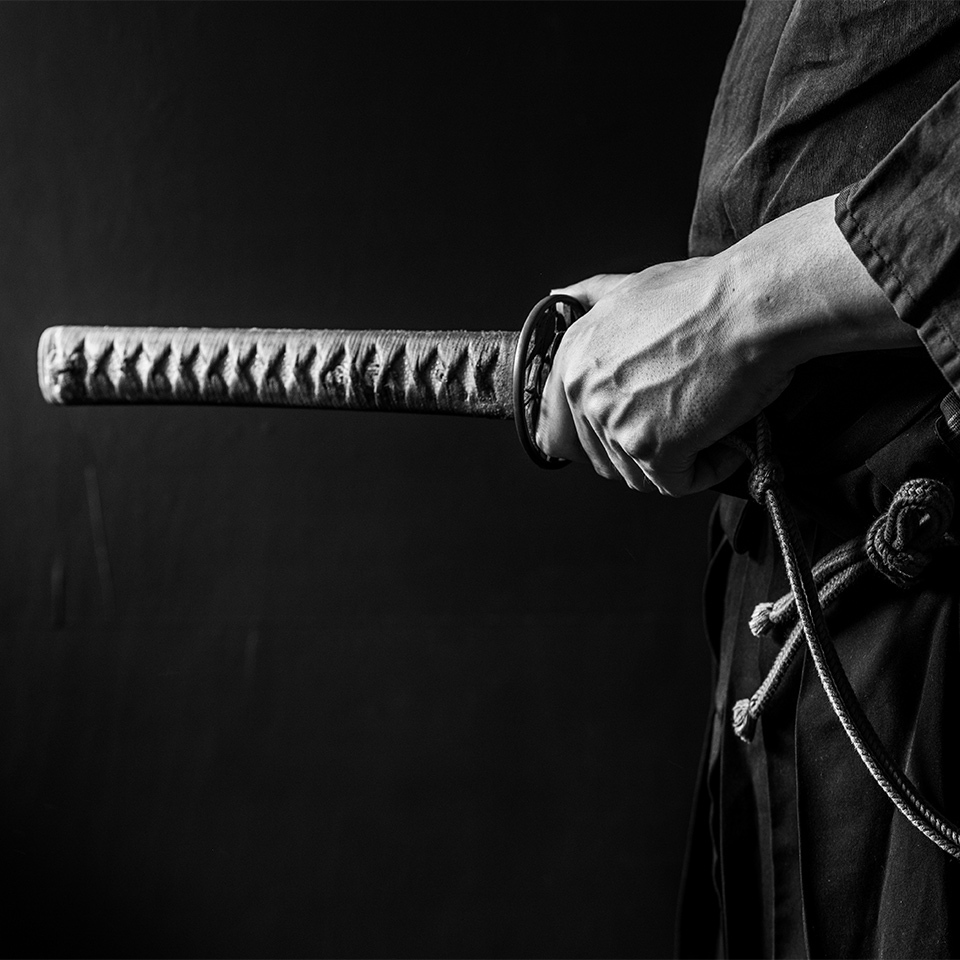
Becoming a samurai was typically a hereditary process. In the Edo era, in particular, the only way to become a samurai was to be born into a samurai family, adopted by a samurai family with the relevant permission from the authorities, or married into a samurai family.
There were some exceptions, and there is evidence of peasants and other individuals becoming samurai based purely on merit, one of the most notable being the previously mentioned Yasuke. However, after Toyotomi Hideyoshi banned peasants from carrying swords in the 1590s, it became almost impossible for anyone who wasn’t already a samurai to become one.
How Did Samurais Train?
Training to become a samurai was a comprehensive and all-encompassing process. The training aimed to develop and hone martial and military skills and emphasised discipline and mental strength.
If you were born into a samurai family, you would learn how to handle a sword before learning how to handle chopsticks! Children as young as five would start practising swordsmanship, archery and horsemanship. They would also train their mind through meditation and Zen Buddhism and study military tactics and strategy as part of their education. As young as 13, samurai boys would be expected to take to the battlefield.
Samurais did not practise modern martial arts such as karate or judo. Their practice was most similar to kendo or iaido.
What Were the Weapons of the Samurai?
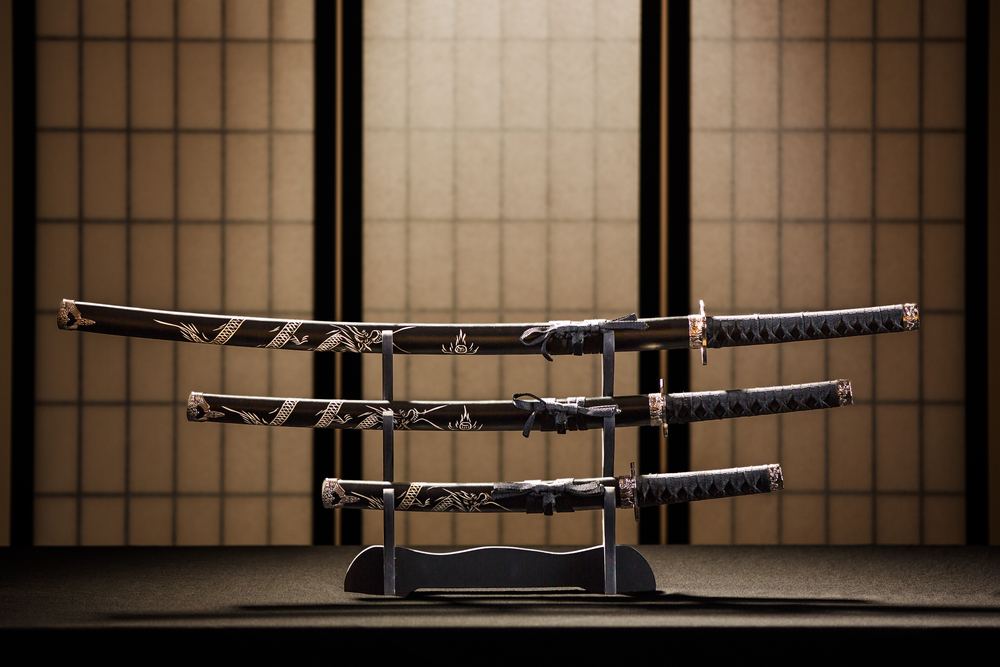
The weapons used by samurais are almost as famous and iconic as the warriors themselves. Their weapons were a display of power in ancient Japan; for example, wearing two swords was a privilege only given to the samurai class.
Katana
The katana is one of the most famous samurai weapons. The katana was a curved, slender, single-bladed longsword, and the samurai wore it on their left hip with the edge facing downwards.
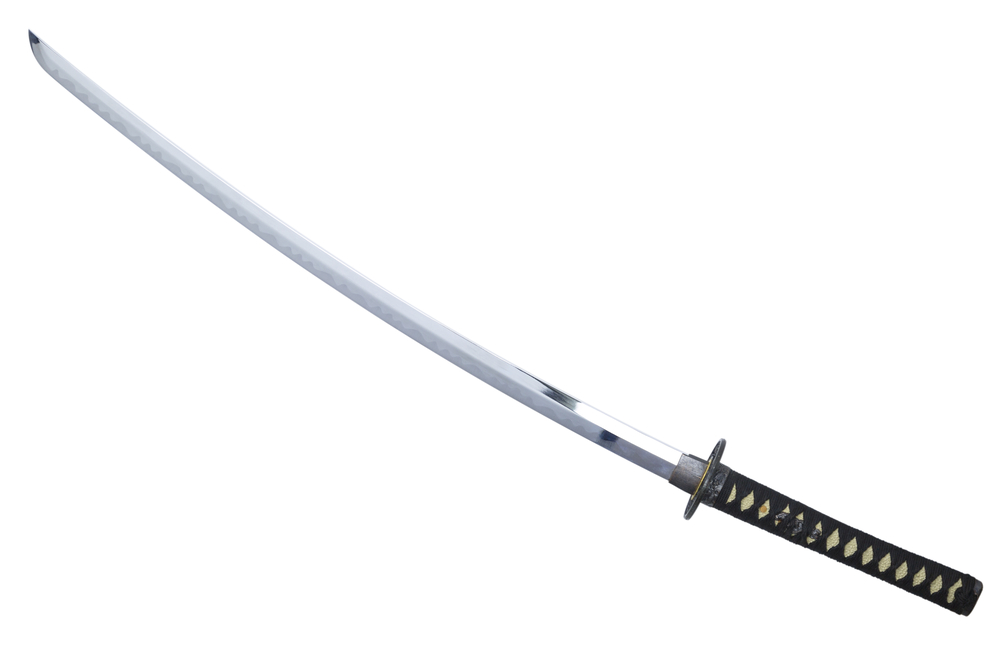
Wakizashi
The wakizashi is a shorter sword that was worn with the katana by the samurai. The pairing of the katana and wakizashi is called daisho, symbolising the samurai's social power and personal honour.
Tanto
The tanto was a single- or double-edged knife designed for close-quarters combat or ritual purposes, including seppuku.
Yumi
The yumi was an asymmetric Japanese longbow and an important weapon of the samurai. The weapon could be used on foot or horseback and had a grip positioned at about one-third of the distance from the lower tip, allowing for greater size without requiring the archer to stand taller.
Yari
The yari is a straight-headed spear that became a prominent weapon on the battlefields of feudal Japan. Extensive training and skill were required to use this famous weapon, especially considering the hard-to-master thrusting technique.
Naginata
The naginata featured a curved blade mounted on a long shaft, making it particularly useful against mounted opponents. Over time, the naginata became associated with female warriors and was considered a weapon of choice for samurai women.
Learn More About Japanese Samurai From the Centre of Excellence
Interested in learning more about the legendary Japanese samurais? Study Japan’s history with our accredited Introduction to Japanese History course for only £29 (originally £127). So what are you waiting for? Contact us today!










